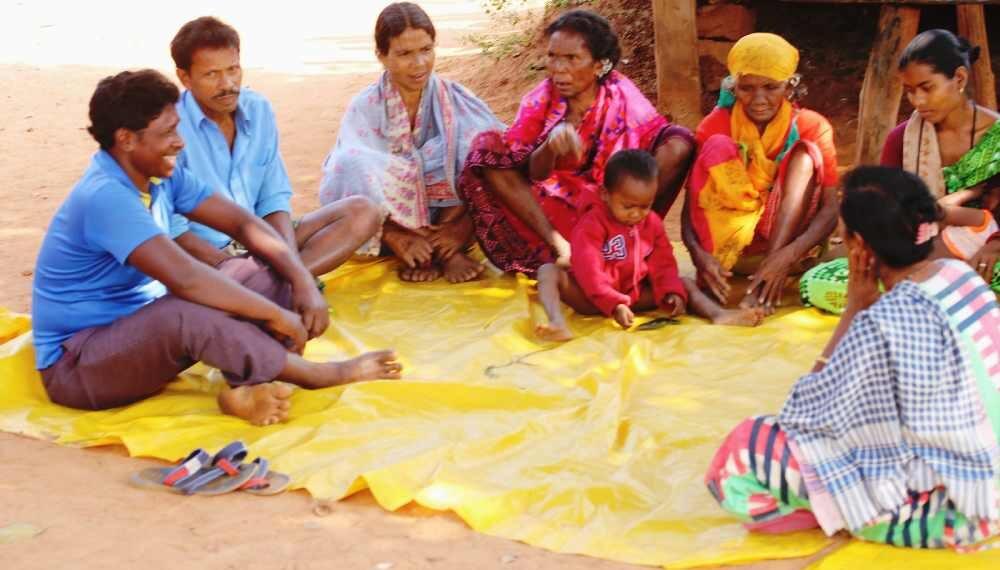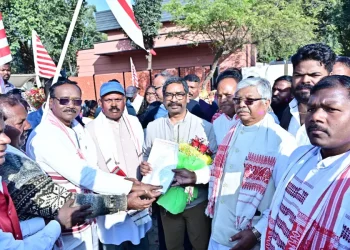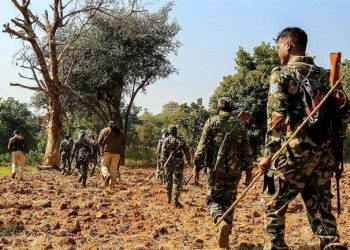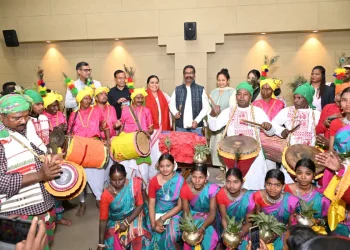Talk of immunization and they turn tail. For, they fear that if anyone is poked, it will render her infertile or maim the baby in her womb. Or for that matter, toll the death knell for both.
With such notions stubbornly embedded in the tribal psyche of Marding, a hamlet under Urladani Panchayat, the life in the backwater stumbled along about 85 kilometers away from Bhawanipatna, the district headquarters of Kalahandi, Odisha.
Panic-button gets pressed for the Kondh tribe here at ‘everything alien’ making in-roads into their society. So, when government health workers underlined the need of ‘immunisation’, it created a flutter among these tribals. Some females sought their hideouts in the wild while others fumed and fretted.
Unsurprisingly, the then 26 years old, Tarenga Majhi, a Ponga Kondh by tribe and a small-time farmer, had a bumpy ride initially when he started off on a trail as the leading volunteer under UNICEF’s Sampurna Barta Project (SBP) to bat for immunisation in 2019.
Yet he neither gave in nor gave up. Supported by UNICEF’s officials, ANMs, and ASHA and Anganwadi workers, his mission took off with a die-hard zeal.
“Initially I preferred toeing the beaten track of my folk. But I grew inquisitive and started querying. Satisfied, I made my toehold in SBP. Then my training in Bhawanipatna and later visit to Bhubaneswar not only brushed up my knowledge, but also prodded me on to pace ahead, promoting immunization,” Tarenga tells The Indian Tribal.
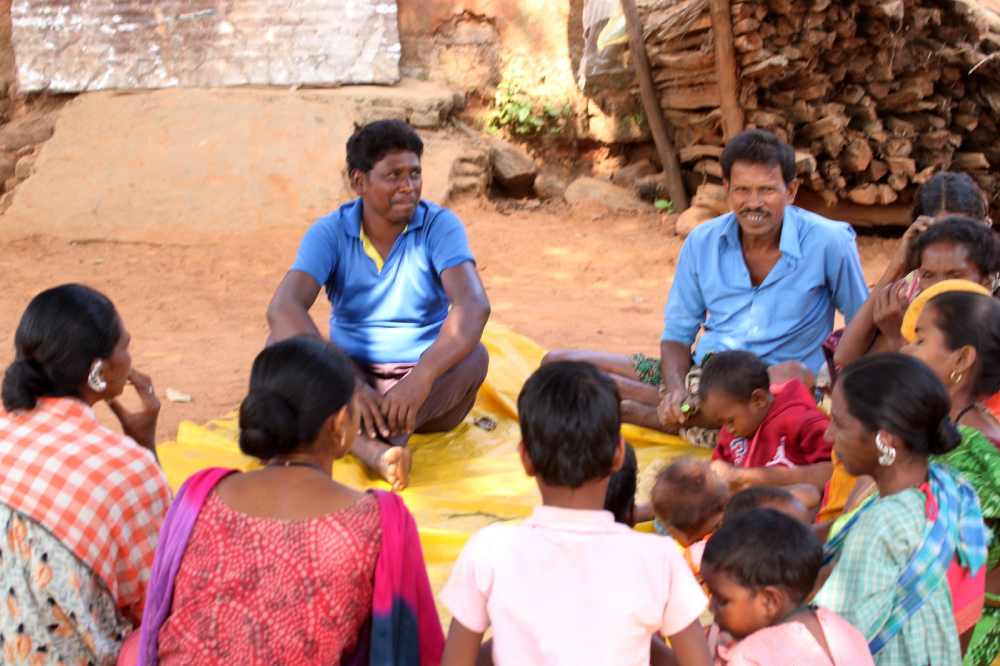
Tarenga With Marding Villagers
“Earlier, after much persuasion, 17 pregnant women once mustered courage, but, when the time for immunization drew in, three of them chickened out,” according to SBP cluster coordinator Jagnyaseni Bhoi.
Slowly and surely, the no-win state morphed into win-win situation. Naysayers of yesterday began making a pitch for immunisation. Others, wisened up by Tarenga’s words of wit and wisdom, tagged along behind him.
The drive to inculcate the zest and zeal for immunization that can pose as a bulwark against maternal and infant mortality rate is going strong now.
“Now no such incident occurs under the championship of Tarenga, who ceaselessly went on motivating and mobilizing tribals. Now 10 to 15 children and expectant mothers shed off all their fear and inhibitions to congregate at Marding immunization centre every second Wednesday,” says Jagnyaseni.
When asked about the present scenario of maternal and infant mortality rate in his areas of operation, Tarenga shook his head to express his inability to reel off exact facts and figures to project the picture in its true colours.
However, he says with robust confidence, “The scenario is now in for the better, as the tribal mindset has changed to hail ‘immunization’ as a sort of panacea.”
Before Tarenga took the plunge to bat for immunization, Marding’s health scenario used to tell a tale about the sorrow and suffering. Expectant mothers bore labour pain stoically without opting for medical treatment. Even children silently bore the brunt of lahara kasa (whooping cough) and kantha alati (soreness in children’s mouths and throats).
“Earlier, only expectant mothers and children in extreme cases were carried either on a charpoy or in a huge basket of bamboo strips to the ayurvedic doctor at Urladani. If their condition worsened further, they were referred to the health centre in Rampur block headquarters,” says Jogiram Majhi, a volunteer in Tarenga’s team.
“Now the scene has registered a sea-change. Hats-off to Tarenga who has accomplished a tall job,” says UNICEF official Santosh Behera.
““Now immunization, the touch-me-not of the past, has become the buzzword of our life,” chimes in Sebanti Digal, a mother of three in Marding.
FACTOID
- Odisha tops the list of states in the country by achieving 90.5% of ‘full immunization, according to the National Family Health Survey (NFHS)-5.
- Fully immunized children in 12-23 months age-group shot up to 75% from 62% in Odisha in a span of five years.
- Himachal Pradesh, Tamil Nadu, West Bengal, Karnataka and Goa follow Odisha chronologically in the list of achiever states by clocking up 89.3%, 89.2%, 87.8%, 84.1% and 81.9% respectively.
- While 99.1% children, between 12 and 23 months have been immunized in rural areas of Odisha, 99.8% children in the same age-group have undergone immunization in urban areas.
- As per the global flagship report ‘The State of World’s Children 2023. For Every Child, Vaccination’ that is based on the data collected by the Vaccine Confidence Project (London School of Hygiene and Tropical Medicine), Odisha accounts for 95.5% immunization coverage of children, while national average stands at 76.4%. The report has been released by UNICEF.











